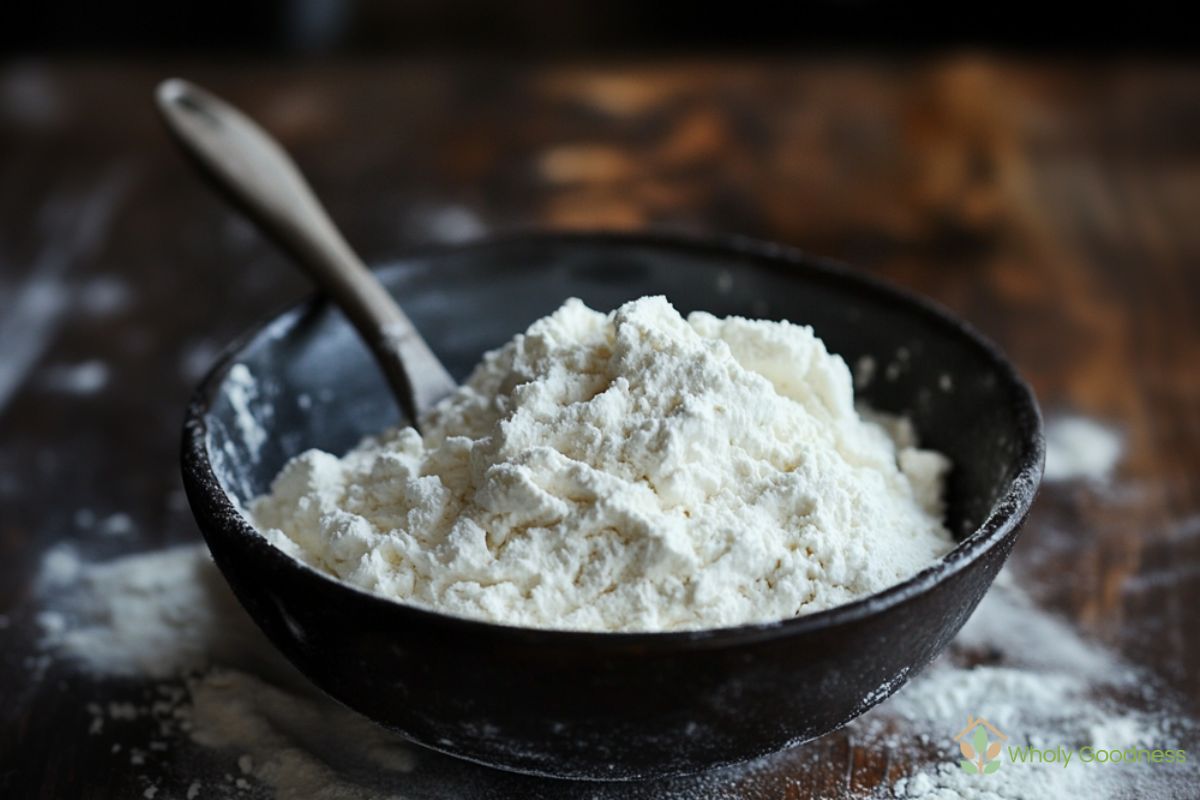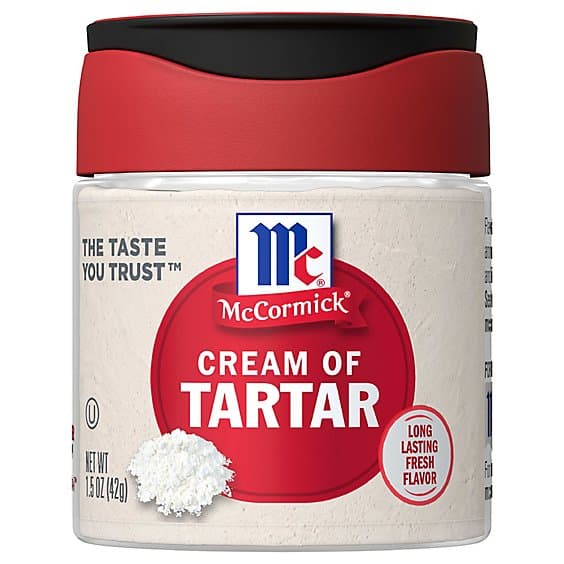My Deep Dive into Cream of Tartar and Gluten
Alright, let’s chat about something that pops up a lot in my kitchen, and maybe yours too: cream of tartar. I was getting ready to bake a batch of snickerdoodles for a friend who’s strictly gluten-free, and that little ingredient made me pause. Is cream of tartar gluten free? I figured I’d better do my homework properly, like I always try to do.

First thing I did: What even IS this stuff?
I remembered from way back that cream of tartar, or potassium bitartrate if you want to get fancy (but we’re not getting fancy here), is a byproduct of winemaking. It’s basically the stuff left clinging to the inside of wine barrels after the wine is made. Sounds pretty natural, right? Grapes don’t have gluten, so my initial thought was, “Okay, this should be fine.” But experience has taught me it’s rarely that simple with processed food items when gluten is a concern.
Next up: Checking the actual container in my pantry.
So, I went to my cupboard and pulled out my go-to brand of cream of tartar. I put on my reading glasses – seriously, the print on these things gets smaller every year – and really looked closely at the ingredients list. Most of the time, it just says “cream of tartar” or “potassium bitartrate.” That’s a good sign, definitely. No wheat, barley, rye, or oats listed as an actual ingredient. Phew, one hurdle down.
But then, my brain, always looking for the catch, went to the next worry: cross-contamination. This is the big one for folks who are super sensitive to gluten, and you can’t just ignore it.

Thinking about the factory floor… you know, where it’s made.
Even if cream of tartar itself is gluten-free, what if the company packages it on the same machines they use for flour or other gluten-containing products? That’s where the trouble can sneak in, and often does. Some companies are great and have dedicated lines or really thorough cleaning processes. Others? Not so much, or they just don’t make any claims either way, leaving you guessing.
So, my practice here is to look for a few key things right on the packaging:
- A clear “gluten-free” label. This is the gold standard, really. If a company puts that on there, they’re usually following specific protocols and testing. It gives me peace of mind.
- Any “may contain wheat” or “processed in a facility that also handles wheat” warnings. If I see this, and I’m baking for someone highly sensitive, I will definitely look for a different brand. No chances taken there.
So, what’s the bottom line from my digging around?
Here’s what I’ve settled on based on my own experience and what I’ve learned over the years from actually doing this:

Pure cream of tartar itself, the actual chemical, does not contain gluten. It’s made from grapes, and that’s a gluten-free starting point. That’s the good news!
However, the real risk, like with so many things you buy in a package, is cross-contamination during processing and packaging. It’s often less about the ingredient itself and more about the environment it passes through before it gets to your kitchen shelf.
My personal rule of thumb now is this: if I need something to be absolutely, positively gluten-free for someone with celiac disease or a strong intolerance, I will specifically hunt down and buy a brand of cream of tartar that is explicitly labeled “gluten-free.” It just takes all the guesswork out of it, and I don’t have to worry. If the label is vague or there’s no specific gluten-free claim, and I’m super concerned for someone else, I might even try to contact the manufacturer, though honestly, that’s a bit more effort than I usually want to spend.
For most of my general baking, if it’s just for us at home and we’re not dealing with high sensitivity, a regular brand of cream of tartar is usually fine. But for my gluten-free pals, I always make sure to go that extra mile and check for that certified label. Better safe than sorry, you know? It’s all about being a considerate baker and making sure everyone can enjoy the treats.
